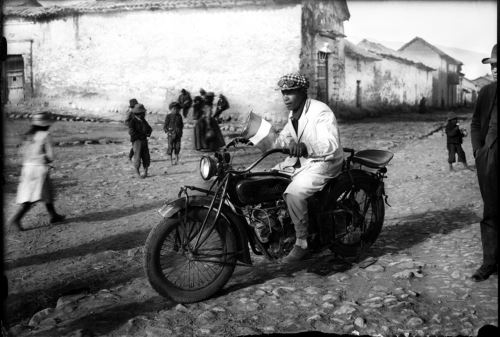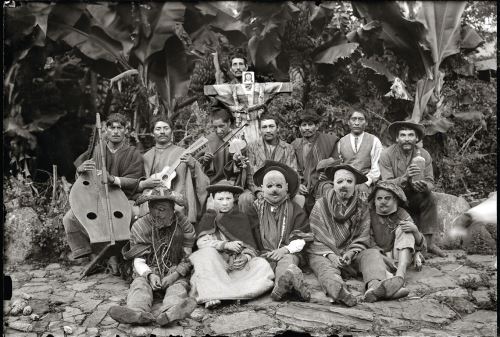The Ministry of Culture has declared the photographic work of Martin Jeronimo Chambi Jimenez as Cultural Heritage of the Nation and highlighted its significant contribution to the registry, valuing, and dissemination of the intangible Andean cultural heritage of Peru.
The Deputy Ministerial Resolution No. 188-2019-VMPCIC-MC —published Tuesday in the official gazette El Peruano— also highlights the great artistic value of his work.

This recognition has become official on the same day he was born in Carabaya Province (Puno region) 128 years ago.
This resolution took into consideration the report issued by the General Directorate of Cultural Heritage, which recommended declaring the photographs as Cultural Heritage of the Nation in the category of Grand Master's Work.
For its part, the General Directorate of Cultural Industries and Arts issued a favorable opinion on the Declaration of the Photographic Work of Chambi, highlighting its artistic value and significant contribution to the development of Peru's photographic art, both at national and international levels.
As is known, Chambi stood out as a promoter of the Andes' intangible cultural heritage, based on the registration of expressions and cultural practices, characteristic of Cusco and other southern Andean regions of Peru.
He documented a multiplicity of Cusco-based festivities, being the Qoyllur Riti Festival one of the most representative activities: a pilgrimage of thousands of Andean settlers towards the summits of the Ausangate Mountain, with the purpose of paying tribute to the Lord of Qoyllur Riti.
Born in Puno, the photographer was trained in the art of photography in Arequipa and became an outstanding artist in Cusco. He was the photojournalist based in the Imperial region for Peruvian newspapers and magazines such as: Variedades (Varieties). He also collaborated with publications from the United States and Argentina.

Chambi portrayed the indigenous people with his photographs, presenting them relaxed, happy, free, and vital.
His work stands out for its high documentary level, as well as for its black-and-white aesthetic. He stood out in the fields of photojournalism, studio portraits, landscapes, villages, customs, monuments, folk festivals, archaeological, and religious precincts.
(END) MAO/MVB
Published: 11/5/2019